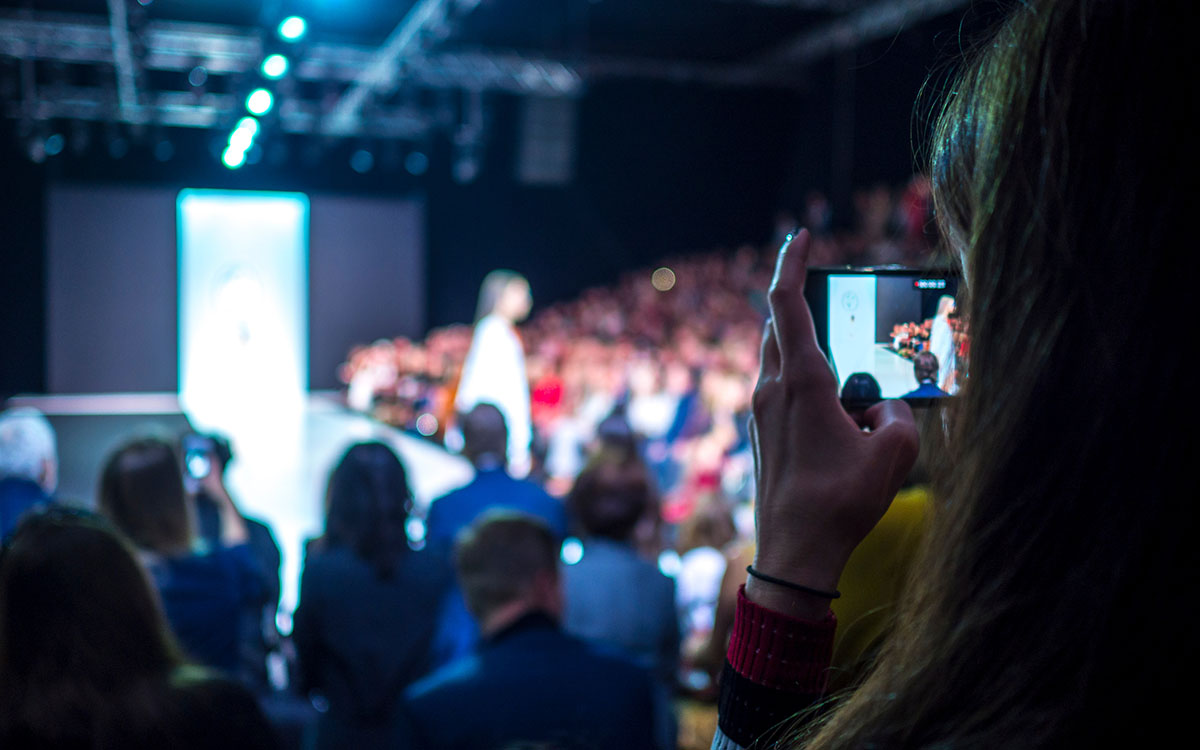Fashion
Crowdsourcing buying decisions

LAWRENCE — The game show “Family Feud” famously surveys 100 people to arrive at answers that are guessed by contestants. While this approach doesn’t seem particularly scientific in its overall accuracy, a new paper suggests it may be the best way to make a prediction … especially if that involves fashion.
“Crowdsourcing has been applied in several other industries for predictions, but crowdsourcing in fashion retail buying has not been done,” said Murali Mantrala, the Ned Fleming Professor of Marketing at the University of Kansas.
His paper titled “Can crowdsourcing improve prediction accuracy in fashion retail buying?” finds that crowdsourced forecasts from ordinary customers are more accurate than those of expert fashion buyers. The research also determines an ideal crowd size and composition for predicting demand for fashion items in retail buying decisions. It appears in the Journal of Retailing.
Buyers in retail stores must preorder merchandise before the season starts. Because merchandise is often sourced from overseas or remote places and take a long time to get to the U.S., predicting demand often takes place at least six months before a selling season.
“The forecasting problem of how much one should order for their stores is already challenging because it involves fashion, and there is great uncertainty about what the demand would be,” said Mantrala, who co-wrote the paper with former KU doctoral student Omid Kamran-Disfani, now assistant professor at Southern Illinois University.
“But it’s also accentuated because it has to be done so early, and you can’t wait to the last minute to see if something similar has happened and then quickly buy the stock.”
The research reveals that heterogeneity in a crowd is a key factor in prediction accuracy. Specifically, crowds with more variation in income and shopping frequency made more accurate demand forecasts.
“You normally associate fashion with people who have a refined taste for things,” Mantrala said.
“If you have a lot of divergent viewpoints — some are overpredicting, some are underpredicting — yet all have some native wisdom and a little information about the market, they can make a prediction. Even if it is skewed or biased one way or the other, if you have enough divergence in the crowd, then everyone’s errors tend to cancel out.”
Another key finding of the study pertains to the required crowd size. Increasing the size at first sharply decreases the prediction error. However, after a certain point, there are diminishing returns in prediction accuracy.
“One might intuitively assume you need a very large crowd. But then it becomes impractical for these buyers and stores. We found that the error comes down quite quickly as your size gets larger, but there’s a point after which it flattens out. In other words, you don’t get much improvement even if you keep adding people,” he said.
“We would have liked to have found that perfect number, but then it would not only have to flatten out, it should actually get worse. We didn’t find that it got worse, but we didn’t find any improvement in forecast accuracy beyond 100.”
Just like “Family Feud.”
Will this revelation put fashion experts out of business?
“The way we positioned it so we don’t get everyone fired is this is a good support for whatever a business should do. They might want to run this kind of crowdsource and see what they come up with. Understand, though, that the buyer also has other constraints: budget, space and other operational considerations,” he said.
A KU faculty member since 2020, Mantrala specializes in quantitative marketing strategy (specifically retailing channels, marketing resource allocation and sales force management). He has been performing research in the fashion retail space for 30 years.
“I’ve always had an abiding interest in the fashion world, and in particular the analytics that goes into fashion management. Usually it’s for apparel or accessories, but it could be for anything that has a short season,” he said.
Murali said the research has not exactly helped his personal wardrobe.
“I like studying fashion, but I haven’t really focused on my own fashion,” he said.
While the professor believes this crowdsourcing concept can be applied to other industries, he finds it can also be used to counter another somewhat ominous trend in business.
“Everybody’s going nuts over AI in general. And people have this impression now that if you train these models on enough data, you can make good predictions. But the problem is that fashion items are new to the world, so they are not in the data. We are saying a crowd may know something that is intuitive. It’s not in the database; it’s in their heads,” he said.
“So my big takeaway is don’t rule out the role of humans.”










